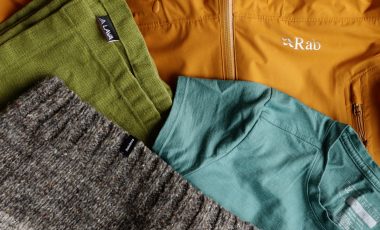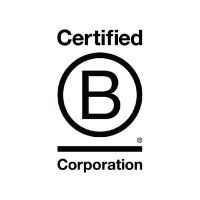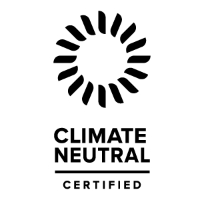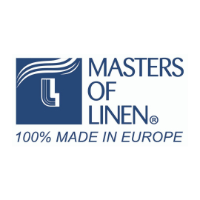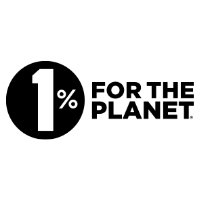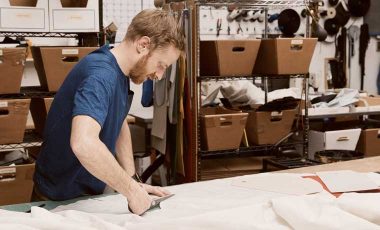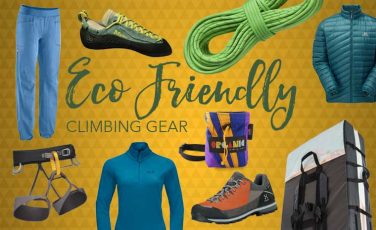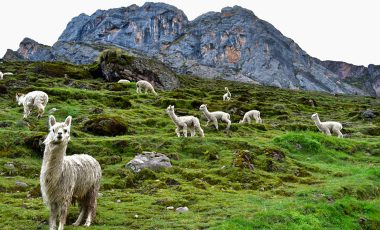When you think of fast fashion, you likely think of big box stores or cheap clothes from Amazon. What if we told you that fast fashion extends into the outdoor industry as well?
Globally, textiles account for about 10% of all greenhouse emissions, are incredibly energy-intensive, and most textiles end up in a landfill and sometimes incinerated. Now, outdoor clothing and other textiles only account for a small portion of this waste and pollution, but they are still a part of the problem. Beyond that, microplastics from synthetic fabrics are now showing up in remote parts of the world like the Mount Everest basecamp.
Almost 60% of all clothing is made of at least partial synthetic materials, even though polyester is a relatively new fibre compared to many natural alternatives. Synthetic fibres are deemed the best performing for numerous applications within the outdoor industry, and some natural fibres are even villainized.
While as consumers we don’t necessarily control which fabrics are presented to us, we can make conscious buying decisions to put more of our hard-earned money towards sustainable products. The problem with that is that it isn’t always easy to understand which products are actually sustainable and which ones are simply marketed that way.
- What are sustainable fabrics?
- Natural vs. Synthetic fibres
- How to identify sustainable fabrics
- Other tips for buying outdoor gear and clothing more sustainably
What are sustainable fabrics?
To claim that the fabrics used to make outdoor gear or clothing are sustainable, they should align planet, profit, people, and purpose. When it comes to making a physical product like textiles, then they find this balance, and a circular economy should be pursued.
A more digestible way to look at this is that the fabric comes from renewable resources, uses fully recycled materials, and uses responsible manufacturing practices. Responsible manufacturing means that no harmful chemicals are used, water use is limited, and they have appropriate worker wages, safety, and rights.
Beyond those considerations, we need to look at the fabric fibres themselves. By looking at the fibres first, you can narrow down the choices faster because synthetic fibres are not made from renewable resources and, on average, tend to have higher environmental costs during every step of their production, use, and disposal processes.
Natural vs. synthetic fibres
It is easy to vilify synthetics, but not all-natural fibres are created sustainably either. To help consumers more quickly identify which fabrics they should be looking for and the ones they should always avoid, we detail the most sustainable and least sustainable fibres for both natural and synthetic.
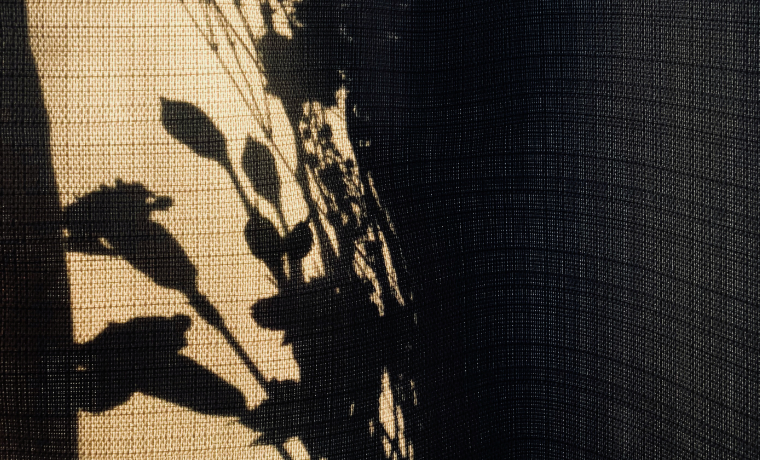
More sustainable natural fibres
Natural fibres always seem like a better option, but there are more sustainable ones than others.
Natural fibres that tend to be more sustainable:
- Organic cotton: grown and produced in a more sustainable manner through less water usage, less or no herbicides or pesticides, and more control afforded farmers instead of large agricultural companies.
- Organic hemp: an incredibly strong material, hemp is also great for soil health, uses less water than other natural materials like cotton, can act as a carbon sink, and hemp fabric is resistant to UV rays and mold.
- Tencel: a brand name of fibres known as lyocell and modal. These materials are made from wood pulp, similar to rayon, but they do not require as much chemical processing and often fall into a completely circular system.
- Organic flax linen: uses substantially less water than cotton, and the entire flax plant is utilised to make linen which results in no waste products. Flax linen requires far less energy to produce than other types of fabrics. It is an extremely durable material that is naturally anti-microbial and versatile for textile application.
- Responsible Down Standard (RDS): down produced following the RDS guidelines require that ducks and geese have a certain standard of living and do not allow them to be plucked alive.
- Responsible Wool Standard (RWS): wool produced following the RWS guidelines requires that the sheep raised for wool have a certain standard of living and are not subject to certain practices seen throughout the wool industry that are deemed inhumane.
Notice that the fabrics listed are organic or fit into a specific standard of responsibility. That’s because all materials use resources, and to hold the textile industry accountable, there need to be stricter regulations.
Less sustainable natural fibres
Although some may still consider these more sustainable than synthetic fibres, there are natural fibres that use resources more extensively and use more chemicals during production.
Less sustainable natural fibres include:
- Conventional cotton: uses excessive amounts of water during plant and fabric production and several pesticides and herbicides.
- Bamboo and Rayon: bamboo is generally an excellent renewable resource. However, to turn bamboo into a usable fabric, it must undergo intensive chemical processing. This creates water waste as well as pollution.
- Silk: a natural yet labour-intensive material widely known for exploitative labour. Some silk that fits within the Global Organic Textile Standard regulations could be considered more sustainable.
- Down (not within RDS): when down is not produced within the RDS, the ducks and geese raised for down are often plucked while still alive and subject to inhumane living conditions.
- Wool (not within the RWS): much like down, when wool does not fall within the RWS, the sheep raised for that wool are not guaranteed a humane existence or shearing.
Take careful note of some of the subtle differences between the lists of natural fibres. Although things like cotton, wool, and down are on both lists, not all of them are produced in an environmentally responsible manner.
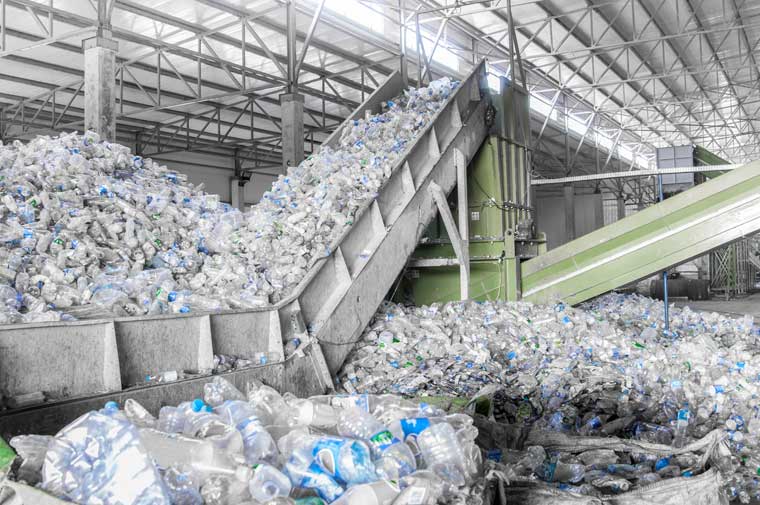
More sustainable synthetic fibres
It is hard to confidently say that any synthetic fibre could be considered sustainable. However, if we compare synthetics to synthetics, fabrics made from recycled materials could be regarded as more sustainable in some cases.
Be very careful when seeking out recycled synthetic fabrics, though. Take recycled polyester (rPET) as an example. This is a commonly seen material in the outdoor industry, especially within larger, well-known brands.
There are several issues here:
- Fabrics made from rPET still shed microplastics.
- Most clothing is only partially made from rPET, not completely.
- Identifying the source of the rPET is complicated and often not reported by brands. For instance, some manufacturers of rPET clothing have also been caught producing the plastic water bottles they need to produce the rPET clothing.
- The only reason recycled synthetics rank higher than others is that they do not use virgin materials.
Less sustainable synthetic fibres
Across the board, it is hard to get away from synthetic fibres in the outdoor industry. Unfortunately, almost all synthetic fibres fit within the less sustainable fabric list unless made from one type of completely recycled material.
Other synthetic fibres like polyester, nylon, spandex, acrylic, and others are all petroleum-based fibres. They are chosen for clothing because they are widely available within the supply chain, they are generally cheap to produce, and are thought to be more durable than most natural fibres.
Their durability is also their downfall because they do not biodegrade. Plastics of any kind, including polyester, will never disappear, they break down into smaller pieces.
Although recycling seems like an excellent alternative, most outdoor textiles are fabric blends. These blends can include several synthetic fibres as well as some natural fibres. This helps to improve performance in some cases, but it makes it extremely difficult to separate those materials and recycle them effectively.
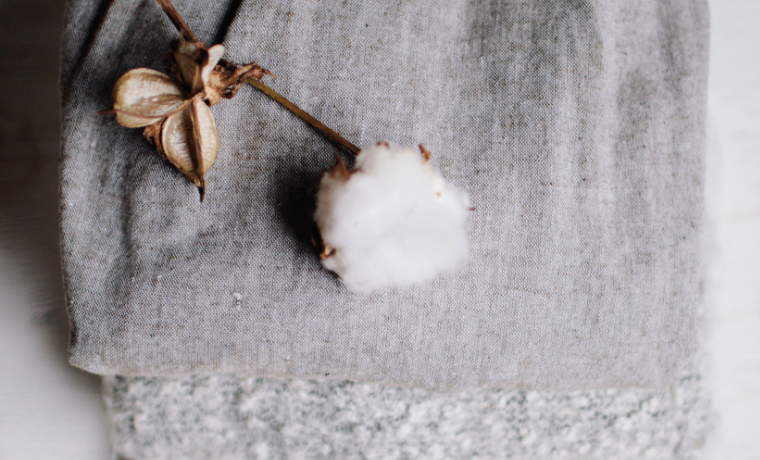
How to identify sustainable fabrics
Unfortunately, it isn’t as easy as simply looking at the label. While there are several consumer-facing third-party certifications out there, a lot of popular “eco” or “green” language is not regulated. This makes it easy for companies to integrate sustainable sounding words and phrases into their marketing on labels, their website, and other advertising to convince a customer that something is more environmentally responsible than it is.
This is called greenwashing.
Outdoor brands tend to lead their marketing with sustainability features. Be wary of this image. Companies with true production transparency make finding information easy regarding the materials they use, sourcing, production standards, and more.
Signs of a sustainable outdoor product
- Read the company mission statement. Does it align with ethical and environmentally friendly viewpoints?
- Read the company about me page. Did they start their company to help solve a problem beyond making a functional product? If so, is it to provide a more sustainable option for consumers?
- See if they have a blog or resources page on their website. Are they sharing detailed information about how the product is made, where their materials are coming from, how to repair items, etc.?
- They offer reports and annual reviews outlining targets and goals for sustainable sourcing, energy use, and environmental impact.
- Direct and transparent consumer messaging, including responsiveness to consumer questions regarding sustainability.
- Look for external (third party) certifications that hold them to a regulated higher standard of environmental stewardship.
- They have a sustainability consultant or advisor to audit environmental and workplace sustainability.
- They have a repair policy and lifetime guarantee for all gear and equipment.
- When the media or consumers call them out regarding production practices, they make a noticeable effort to change and improve beyond a public apology.
Source: Outdoor Minimalist by Meg Carney
The most reputable certifications to look for include:
Companies with these certifications will always include them on their websites, product descriptions, or product tags. They have identifiable logos, making it easier for consumers to recognise them.
Other tips for buying outdoor gear and clothing more sustainably
Owning no synthetic gear is hard to do, especially since that is a dominant material offered to us. Although all synthetic fabrics still shed microplastics, you can prevent some of them from ending up in the landfill by buying gear and clothing secondhand.
Outdoor gear and clothing are among the types of outdoor gear that is safest to buy used. With many more prominent outdoor brands like Patagonia, The North Face, and REI launching used gear and clothing options online, classically used online marketplaces, and others, buying used has never been easier.
Having the option to see the gear or clothing in person is helpful, though. Luckily, there are gear consignment shops for many cities, especially those with a large outdoor community. These shops offer consumers not only a place to buy used gear but a way to sell their old gear and clothing as well.
Do your research! Getting educated and understanding the challenges surrounding the production and consumption of sustainable fabrics will help you make better informed choices. Here’s some great places to start:
- Crafting Truthful and Transparent Product Marketing
- Used Gear: How to Find It and Why It’s Important
- What’s the Deal with Natural Fibers in the Outdoor Industry?
- Recycled Vs Upcycled Fabrics for Outdoor Gear and Clothing
- How to Identify Sustainable Product Materials
- Responsible Consumerism In The Outdoor Industry


